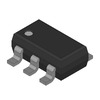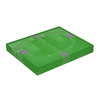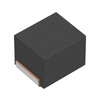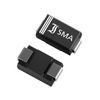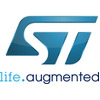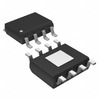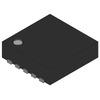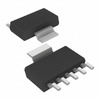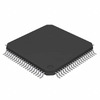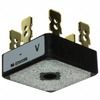The Basics of GSM Network Design and Infrastructure
In an era dominated by rapid technological advancements, GSM (Global System for Mobile Communications) remains a cornerstone of global mobile communication. Originating as a standard for digital cellular networks, GSM has evolved into a comprehensive and robust framework that supports a multitude of services from voice calls to data transmission.This article digs into the intricacies of GSM technology, exploring its network architecture, operational dynamics, and the ultimate role it plays in modern telecommunications. By dissecting elements such as the Network and Switching Subsystem (NSS), Base-Station Subsystem (BSS), and Mobile Station (MS), it illuminates how GSM efficiently manages resources to provide reliable communication across vast geographies. In addition, the article highlights the ongoing relevance of GSM through its comparison with other technologies such as CDMA and LTE, showcasing its unique advantages and inherent limitations in the current digital era.
Catalog
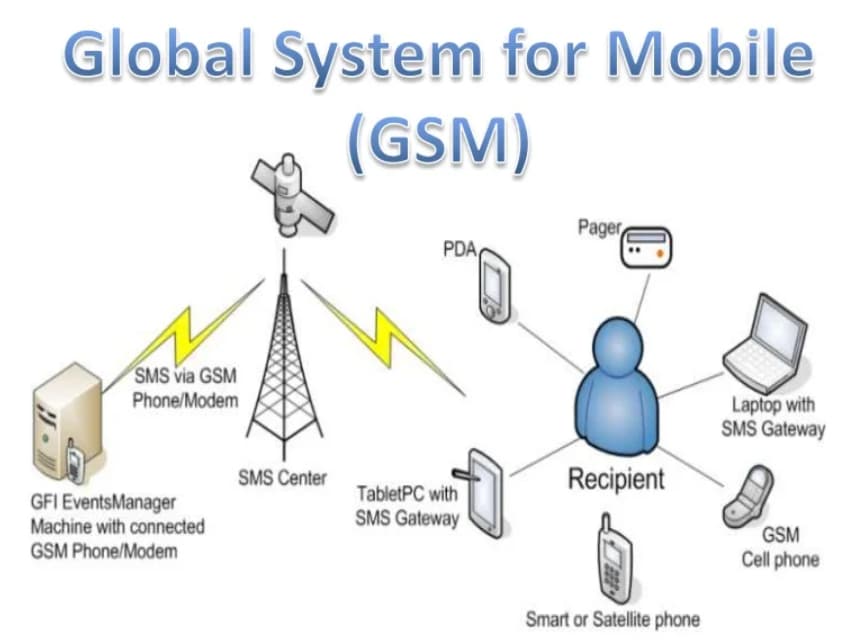
Figure 1: GSM (Global System for Mobile Communications)
Demystifying GSM
GSM (Global System for Mobile Communications) is an international standard that defines the second-generation (2G) digital cellular networks used by mobile phones around the world. It operates across several frequency bands, including 850 MHz, 900 MHz, 1800 MHz, and 1900 MHz. To make efficient use of the limited frequency spectrum, GSM uses a combination of Frequency Division Multiple Access (FDMA) and Time Division Multiple Access (TDMA). FDMA splits the available frequency bands into smaller channels, while TDMA further divides these channels into time slots. This approach allows multiple users to share the same frequency channel without interference, maximizing network capacity and improving overall connectivity.

Figure 2: Different Types of Cells
The GSM network architecture is designed with different types of cells to cater to various geographic areas and signal strength requirements. These include macro, micro, pico, and umbrella cells. Each cell type has a specific role.
• Macro cells cover large areas, such as rural regions, providing broad coverage.
• Microcells are used in densely populated urban areas where higher capacity is desired.
• Pico cells serve very small, congested spaces where demand is high, such as inside buildings.
• Umbrella cells offer additional coverage in areas where other cells may not be sufficient, ensuring continuous service.
GSM networks are known for their comprehensive feature set. They enable seamless international roaming, which allows users to make and receive calls anywhere in the world with minimal disruption. The voice quality on GSM networks is generally clear, and the technology is designed to be power-efficient, which helps extend battery life on mobile devices. GSM also supports a wide range of services, from simple voice calls to data services like SMS and internet browsing. Its scalability and cost-effectiveness have made GSM the dominant technology in mobile communications, ensuring that it remains accessible to a broad range of users while maintaining compatibility across different network operators globally. This design not only improves the reliability of the network but also promotes a more connected and accessible global communication system.

Figure 3: GSM Network Architecture Components
GSM Network Architecture Components
GSM network architecture is a complex system designed to ensure reliable and continuous mobile communication. It consists of four main components: the Network and Switching Subsystem (NSS), Base-Station Subsystem (BSS), Mobile Station (MS), and Operation and Support Subsystem (OSS). Each of these elements plays an influential role in maintaining the network's functionality and efficiency.
NSS (Network and Switching Subsystem) serves as the central hub of the GSM network. It handles the routing of calls and the management of subscriber data. At the heart of the NSS is the Mobile Services Switching Center (MSC), which is responsible for connecting calls between mobile users and linking them to external networks like the public telephone system or the internet. The MSC ensures that calls are connected quickly and reliably, regardless of where the users are located.
BSS (Base-Station Subsystem) provides the basic link between mobile devices and the network. This subsystem includes base transceiver stations (BTS), which manage the radio communications between the mobile handsets and the network. The BSS effectively acts as the bridge that connects the user's device to the broader network, ensuring clear and stable communication.
MS (Mobile Station) is the user's mobile device, including the Subscriber Identity Module (SIM) card. The SIM card is settling as it stores significant information like the user's identity, location, network authorization, and security keys. This data enables secure access to the network and ensures that the user’s connection is properly authenticated and maintained.
OSS (Operation and Support Subsystem) is responsible for the ongoing management and maintenance of the network. It oversees the technical operations, ensuring that the network runs smoothly and efficiently. The OSS is dynamic for the network's scalability, allowing for upgrades and expansions without interrupting service. This subsystem ensures that any technical issues are addressed promptly and that the network remains robust and capable of handling increasing demands.
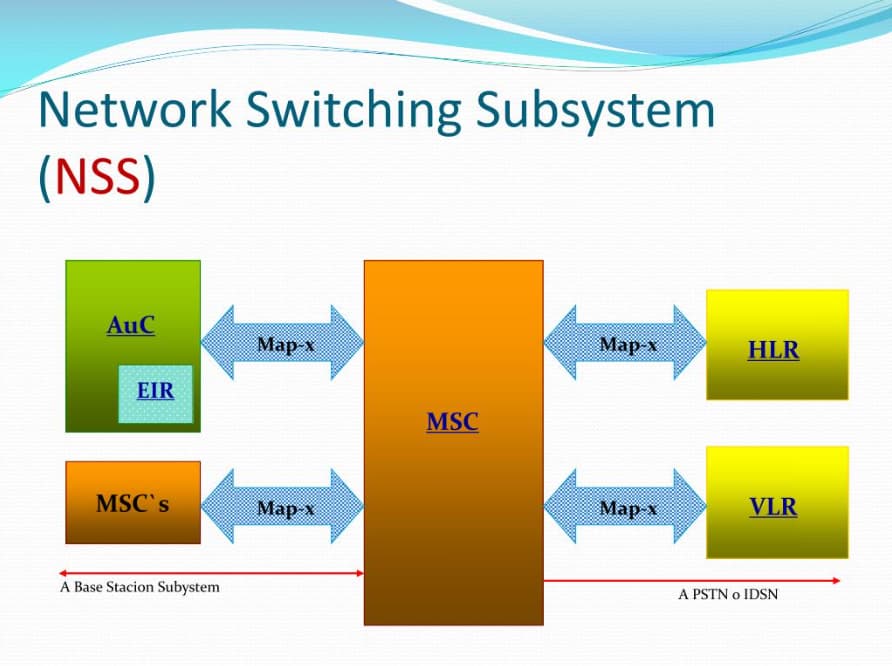
Figure 4: Network Switching Subsystem (NSS)
Exploration of the Network Switching Subsystem (NSS) Within GSM Networks
The Network Switching Subsystem (NSS) forms the core of the GSM network, integrating various components that collectively manage and optimize the network's operations. At the center of the NSS is the Mobile Services Switching Center (MSC), which functions as the main hub for routing calls and connecting the GSM network to external networks, like the Public Switched Telephone Network (PSTN). The MSC is responsible for required mobile communication tasks, including registering subscribers, authenticating them, updating their location, and directing calls to the appropriate destinations.
Two influential databases within the NSS are the Home Location Register (HLR) and the Visitor Location Register (VLR). The HLR serves as a dominant repository of detailed profiles for each subscriber in the network. It stores information about the user’s services and current location, enabling the network to accurately route calls and messages as users move from one cell to another. On the other hand, the VLR temporarily holds data about subscribers who are currently within its coverage area, ensuring quick access to needed information for setting up calls and delivering services.
The Equipment Identity Register (EIR) plays a vibrant role in maintaining the network's security. This database tracks all mobile devices operating within the network by storing their unique International Mobile Equipment Identity (IMEI) numbers. The EIR is noteworthy for identifying and blocking stolen or unauthorized devices, preventing them from accessing the network. Security is further reinforced by the Authentication Centre (AuC), which is responsible for verifying the identity of SIM cards that attempt to connect to the network. By authenticating these connections, the AuC helps to prevent fraud and unauthorized access, ensuring that only valid users are allowed to communicate through the network. In addition, the SMS Gateway (SMS-G) handles the transmission and reception of SMS messages across the network. It ensures that text messages are delivered smoothly and reliably, maintaining the network's efficiency in handling large volumes of messaging traffic.

Figure 5: Base Station Subsystem (BSS)
Base Station Subsystem (BSS) of GSM Networks
The Base Station Subsystem (BSS) is a dangerous part of the GSM network, responsible for managing all direct communication between users' mobile devices and the network. It consists of two main components: the Base Transceiver Station (BTS) and the Base Station Controller (BSC).
BTS (Base Transceiver Station): handles the radio communication with mobile devices. Equipped with radio transmitters and antennas, the BTS manages the transmission and reception of radio signals, ensuring that communication between the network and mobile devices remains clear and uninterrupted. Each BTS covers a specific geographical area, called a cell, and is responsible for maintaining the radio links within this area.
BSC (Base Station Controller): oversees multiple BTSs, managing their resources and operations. It allocates radio frequencies, balances the load across cells, and ensures that active calls are seamlessly handed over from one cell to another as users move through the network. This process is required to maintain continuous connectivity, providing a smooth experience for mobile users even as they travel between different areas.
Strategic deployment of base stations is basic to optimize network coverage and minimize interference caused by overlapping signals. As network traffic increases, efficient management of voice and data transmission becomes more significant. The technology that connects the BSS to the core network has also advanced over time. While traditional networks use E1/T1 lines for these connections, modern networks often use high-capacity links like carrier-grade Ethernet and microwave links. These newer technologies are especially useful for extending network reach to remote areas without sacrificing speed or quality.
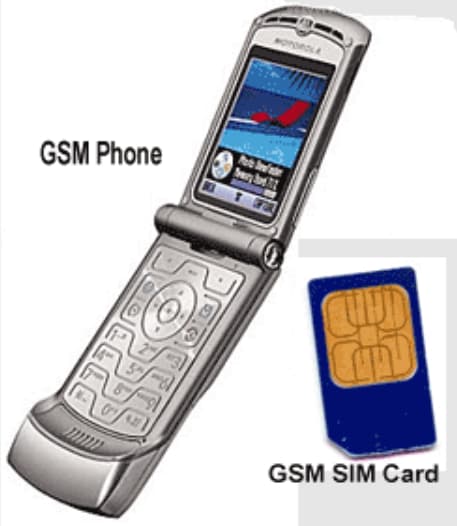
Figure 6: Mobile Station
Role and Functionality of the Mobile Station in GSM
Mobile Station (MS) is a substantial part of the GSM network, consisting of the user’s mobile device and the Subscriber Identity Module (SIM) card. The mobile device is equipped with advanced hardware designed to support a range of functionalities while maximizing energy efficiency. This ensures longer battery life and allows for sleek, compact designs that are easy to carry. The SIM card, on the other hand, stores insistent subscriber information, enabling users to retain their identity and access services even when switching between different devices.
Security and network operations heavily rely on key identifiers such as the International Mobile Equipment Identity (IMEI) and the International Mobile Subscriber Identity (IMSI). The IMEI is a unique number that identifies the device on the network. It plays an important role in security measures, such as preventing lost or stolen devices from accessing the network. The IMSI, stored on the SIM card, identifies the subscriber to the network, allowing for seamless service activation and mobility management as the user moves between different locations or devices.
The evolution of mobile stations has greatly enhanced the user experience, expanding beyond just voice calls and SMS to include a wide variety of data services. These services range from basic internet browsing to more demanding applications like video streaming, online gaming, and real-time communication apps. This technological advancement has broadened the reach of mobile telecommunications, making sophisticated services accessible to a larger audience. As a result, mobile stations have significantly improved how users interact with technology, leading to more enriched and diverse communication experiences.
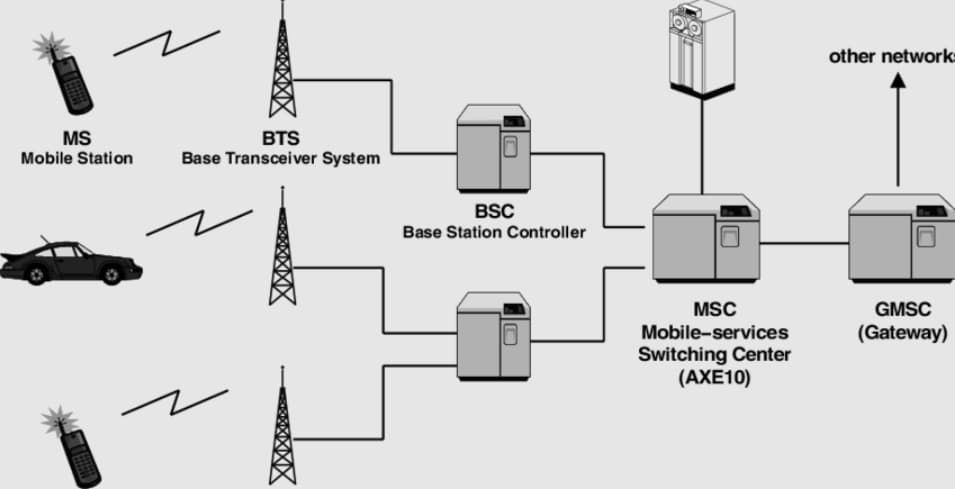
Figure 7: Operation and Support Subsystem (OSS)
Navigating the Operation and Support Subsystem (OSS) in GSM
The Operation and Support Subsystem (OSS) is an active part of the GSM network, responsible for managing and coordinating the functions of other network components, such as the Network Switching Subsystem (NSS) and the Base Station Subsystem (BSS). It ensures smooth and efficient network operations by overseeing these segments and integrating their activities.
The primary role of the OSS is to manage network growth and performance as the subscriber base expands. It uses advanced tools for traffic analysis, capacity planning, and performance optimization. These functions are used for maintaining network reliability, preventing congestion, and ensuring that service quality remains high even as demand increases.
As the network evolves, the OSS helps control operational costs by optimizing how resources are allocated and by automating repetitive tasks. By leveraging data analytics, it can predict future network demands and make proactive adjustments. This forward-thinking approach allows the network to expand sustainably while maintaining operational efficiency.
How GSM Networks Operate?
The operation of a GSM network is defined by its ability to manage communications efficiently across large areas, ensuring both reliability and precision. The network’s core functionality is based on Time Division Multiple Access (TDMA), which allows up to 16 users to share the same radio channel simultaneously. This is achieved by dividing the radio spectrum into specific time slots, with each slot assigned to a different user. This approach optimizes bandwidth usage and reduces interference, making GSM particularly effective in areas with high user density and in applications like the Internet of Things (IoT).
GSM's evolution has been marked by continuous improvements to meet the changing needs of global communication. Initially designed for voice communication, GSM has adapted to include enhanced data services and to integrate with newer technologies. This adaptability ensures that GSM remains relevant in today’s fast-paced telecommunications environment, serving not just as a standard for voice calls but also as a backbone for modern mobile communication services.
Applications of GSM Technology
GSM technology serves as a versatile and robust foundation for global mobile communications, supporting a wide range of applications.

Figure 8: Text Messaging (SMS)
GSM transformed communication by introducing Short Message Service (SMS), which allows users to send and receive text messages easily over the mobile network. SMS has become a basic tool for both personal and professional communication, offering a quick and reliable way to exchange information instantly.

Figure 9: Data Security Enhancements
GSM integrates strong encryption protocols to secure voice and data transmissions, ensuring that communication channels are protected from unauthorized access and eavesdropping. These security features make GSM a trusted platform for transmitting sensitive information and safeguarding user privacy and data integrity.

Figure 10: Seamless System Handovers
GSM enables smooth handovers between network cells, allowing users to move across different geographic areas without losing their connection. This feature is used for maintaining uninterrupted mobile voice and data services, ensuring stable and consistent communication no matter where users are located.
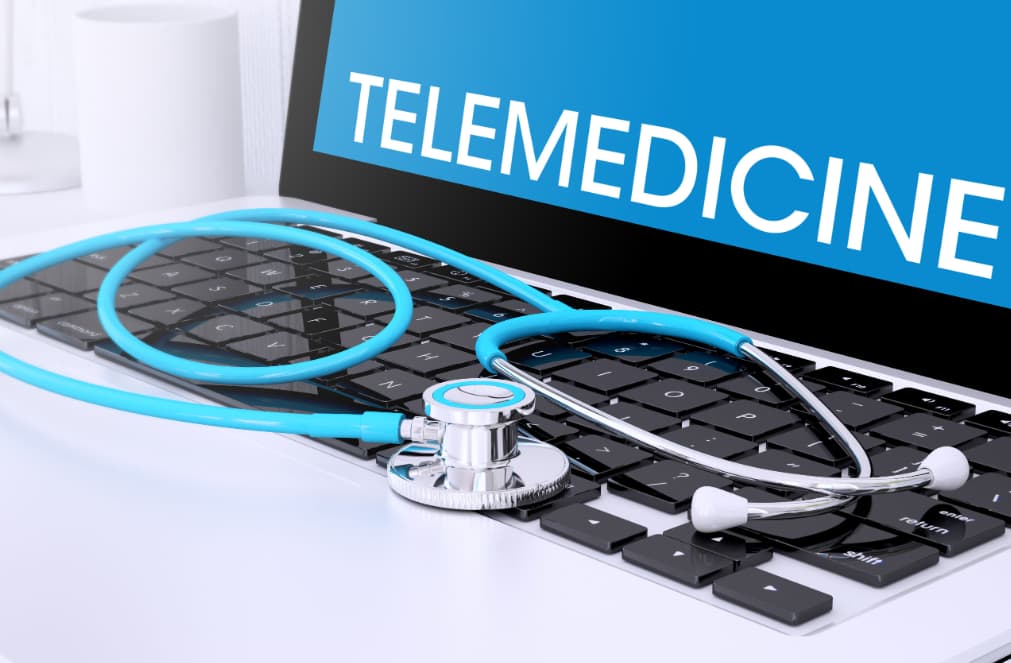
Figure 11: Medical Services
GSM technology plays a dynamic role in telemedicine, supporting remote diagnostics and patient monitoring. This application is particularly significant in providing healthcare services to remote or underserved areas, enhancing the ability of healthcare systems to deliver timely and effective medical care.
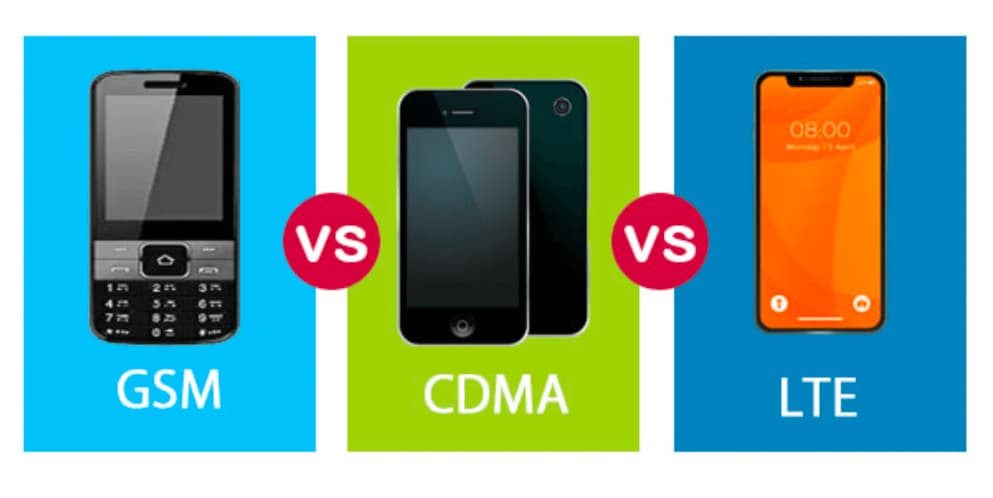
Figure 12: GSM, CDMA, and LTE
Comparative Analysis: GSM, CDMA, and LTE Technologies
GSM (Global System for Mobile Communications), CDMA (Code Division Multiple Access), and LTE (Long Term Evolution) are three distinct mobile communication technologies, each representing different stages of development with unique operational characteristics and benefits.
GSM is a second-generation (2G) technology that relies on Time Division Multiple Access (TDMA) to allocate radio frequencies to users. This means it divides each frequency into time slots, allowing multiple users to share the same frequency band. GSM is widely recognized for its simplicity and ease of international use, making it the standard in many countries. It supports voice calls and basic data services like SMS and limited internet access. The technology's widespread adoption is largely due to its reliable performance and global roaming capabilities.
Unlike GSM, which separates users by time, CDMA uses a spread-spectrum technique that allows multiple users to share the same time and frequency band simultaneously. This method is more efficient in using the available spectrum and offers greater privacy and resistance to interference. While CDMA was a strong competitor to GSM, especially in the United States, it never achieved the same level of global adoption. Most CDMA networks have now transitioned to LTE.
LTE, or Long-Term Evolution, is a 4G technology that represents a significant leap forward from both GSM and CDMA. Unlike its predecessors, LTE is designed specifically for high-speed data transmission rather than just voice communication. It employs advanced technologies like Orthogonal Frequency Division Multiplexing (OFDM) and Multiple Input Multiple Output (MIMO) to maximize bandwidth and minimize latency. LTE supports a wide range of high-demand services, including HD video streaming, fast downloads, and real-time online gaming, making it the foundation for modern mobile internet access.
Pros and Cons of GSM Technology
Pros
Widespread Compatibility: One of GSM's main strengths is its universal standardization, which ensures compatibility across networks and devices worldwide. This allows users to seamlessly roam internationally and switch between different network operators without issues. Whether traveling across countries or using various devices, GSM's standardization ensures smooth connectivity.
Robust Feature Set: GSM offers a reliable set of core services, including voice calls, SMS, and basic data capabilities. Its straightforward and dependable technology has made it a popular choice, particularly in regions where newer technologies are not yet fully adopted. Users can count on GSM for consistent and accessible communication, even in areas with limited infrastructure.
Mature Infrastructure: Established in the early 1990s, GSM has had decades to build and refine its network infrastructure. This long-standing presence means that GSM services are widely available, even in remote and rural areas. The extensive coverage provided by GSM networks ensures that users in these regions can stay connected.
Cons
Limited Data Speeds: Originally designed for voice communication with basic data features, GSM’s data transmission speeds are much slower compared to modern technologies like 3G, 4G LTE, and 5G. This makes GSM less suitable for today’s data-intensive applications, such as video streaming or running complex web applications.
Capacity Issues: GSM allocates a fixed number of time slots per frequency, which limits the number of users who can be supported at the same time. As mobile usage continues to increase, especially in densely populated areas, this can lead to network congestion and decreased service quality.
Susceptibility to Interference: Due to its older technology, GSM is more prone to interference from various sources. This vulnerability can result in degraded call quality and less reliable data services, particularly in environments with significant signal interference.
Conclusion
GSM technology, with its structured and scalable architecture, continues to be an integral part of the telecommunications landscape, ensuring reliable and accessible communication worldwide. Despite the advent of more advanced technologies like LTE and 5G, GSM's strategic deployment across various domains—from seamless international roaming to perilous applications in telemedicine—demonstrates its enduring relevance. The technology's design facilitates not only broad coverage and compatibility across different regions and devices but also a robust feature set that has stood the test of time.
Nevertheless, as the digital landscape evolves, GSM faces challenges such as limited data speeds and capacity issues, underscoring the need for ongoing adaptation and integration with newer technologies. This synthesis of GSM's foundational strengths with progressive enhancements encapsulates the dynamic nature of mobile communications, driving towards a future where connectivity is ever more seamless and inclusive.
Frequently Asked Questions [FAQ]
1. What is the system architecture of a GSM network?
The Global System for Mobile Communications (GSM) network is structured into three main systems: the Mobile Station (MS), the Base Station Subsystem (BSS), and the Network and Switching Subsystem (NSS). The Mobile Station consists of the mobile device and its SIM card. The Base Station Subsystem includes the Base Transceiver Station (BTS), which handles radio communications with the mobile, and the Base Station Controller (BSC), which manages resources and connections for multiple BTS units. The Network and Switching Subsystem contains the Mobile Switching Center (MSC) which connects calls and manages mobile services, along with databases like the Home Location Register (HLR) and Visitor Location Register (VLR) for mobility management.
2. What does GSM mean in networking?
GSM stands for Global System for Mobile Communications. It is a standard developed to describe protocols for second-generation (2G) digital cellular networks used by mobile phones. It was designed to provide a uniform standard for mobile communication technologies worldwide, facilitating compatibility and global roaming.
3. What are the GSM network architecture interfaces?
The GSM network includes several key interfaces that facilitate communication between different components:
Um interface between the mobile station and the network (air interface).
A-bis interface between the BTS and BSC, used for management and control signals.
An interface between the BSC and MSC is used to pass on call setup information and subscriber data.
4. What is the difference between GSM and LTE architecture?
GSM is a 2G technology primarily focused on voice communication and basic data services using circuit-switched data. LTE (Long Term Evolution), on the other hand, is a 4G technology designed for high-speed data transmission using packet-switched networking. LTE offers significantly higher data speeds and reduced latency compared to GSM. LTE also supports better multimedia services and greater spectrum efficiency. Unlike GSM, which separates voice and data on different channels, LTE uses an all-IP network, meaning both voice and data are transmitted over the same radio channel.
5. How to communicate with GSM?
Communication over a GSM network involves the following steps:
The mobile device establishes a connection to the network through a nearby BTS.
Voice or data signals are converted into radio waves by the mobile device and transmitted via the Um interface.
The BTS receives the signal and passes it to the BSC; the BSC then forwards it to the MSC.
The MSC routes the call or data session to the appropriate destination, which could be another mobile user, a PSTN (Public Switched Telephone Network), or an internet service.
For incoming communications, the process works in reverse. The MSC identifies the recipient's mobile, locates it via the HLR and VLR, and routes the call or data to the appropriate BSC and BTS, which then transmits it to the mobile device.
About us
ALLELCO LIMITED
Read more
Quick inquiry
Please send an inquiry, we will respond immediately.

Liquid Crystals: From Discovery to Everyday Screens
on August 15th

Electronics Challenge: Male or Female Connectors
on August 14th
Popular Posts
-

What is GND in the circuit?
on January 1th 3033
-

RJ-45 Connector Guide: RJ-45 Connector Color Codes, Wiring Schemes, R-J45 Applications, RJ-45 Datasheets
on January 1th 2603
-

Fiber Connector Types: SC Vs LC And LC Vs MTP
on January 1th 2160
-

Understanding Power Supply Voltages in Electronics VCC, VDD, VEE, VSS, and GND
on November 12th 2045
-

Comparison Between DB9 and RS232
on January 1th 1786
-

What Is An LR44 Battery?
Electricity, that ubiquitous force, quietly permeates every aspect of our daily lives, from trivial gadgets to life-threatening medical equipment, it plays a silent role. However, truly grasping this energy, especially how to store and efficiently output it, is no easy task. It is against this background that this article will focus on a type of coin cell battery that may seem insignificant on the...on January 1th 1750
-

Understanding the Fundamentals:Inductance Resistance, andCapacitance
In the intricate dance of electrical engineering, a trio of fundamental elements takes center stage: inductance, resistance, and capacitance. Each bears unique traits that dictate the dynamic rhythms of electronic circuits. Here, we embark on a journey to decipher the complexities of these components, to uncover their distinct roles and practical uses within the vast electrical orchestra. Inductan...on January 1th 1704
-

CR2430 Battery Comprehensive Guide: Specifications, Applications and Comparison to CR2032 Batteries
What is CR2430 battery ?Benefits of CR2430 BatteriesNormCR2430 Battery ApplicationsCR2430 EquivalentCR2430 VS CR2032Battery CR2430 SizeWhat to look for when buying the CR2430 and equivalentsData Sheet PDFFrequently Asked Questions Batteries are the heart of small electronic devices. Among the many types available, coin cells play a crucial role, commonly found in calculators, remote controls, and ...on January 1th 1638
-

What Is RF and Why Do We Use It?
Radio Frequency (RF) technology is a key part of modern wireless communication, enabling data transmission over long distances without physical connections. This article delves into the basics of RF, explaining how electromagnetic radiation (EMR) makes RF communication possible. We will explore the principles of EMR, the creation and control of RF signals, and their wide-ranging uses. The article ...on January 1th 1616
-

Comprehensive guide to hFE in transistors
Transistors are crucial components in modern electronic devices, enabling signal amplification and control. This article delves into the knowledge surrounding hFE, including how to select a transistor's hFE value, how to find hFE, and the gain of different types of transistors. Through our exploration of hFE, we gain a deeper understanding of how transistors work and their role in electronic circu...on November 12th 1556







